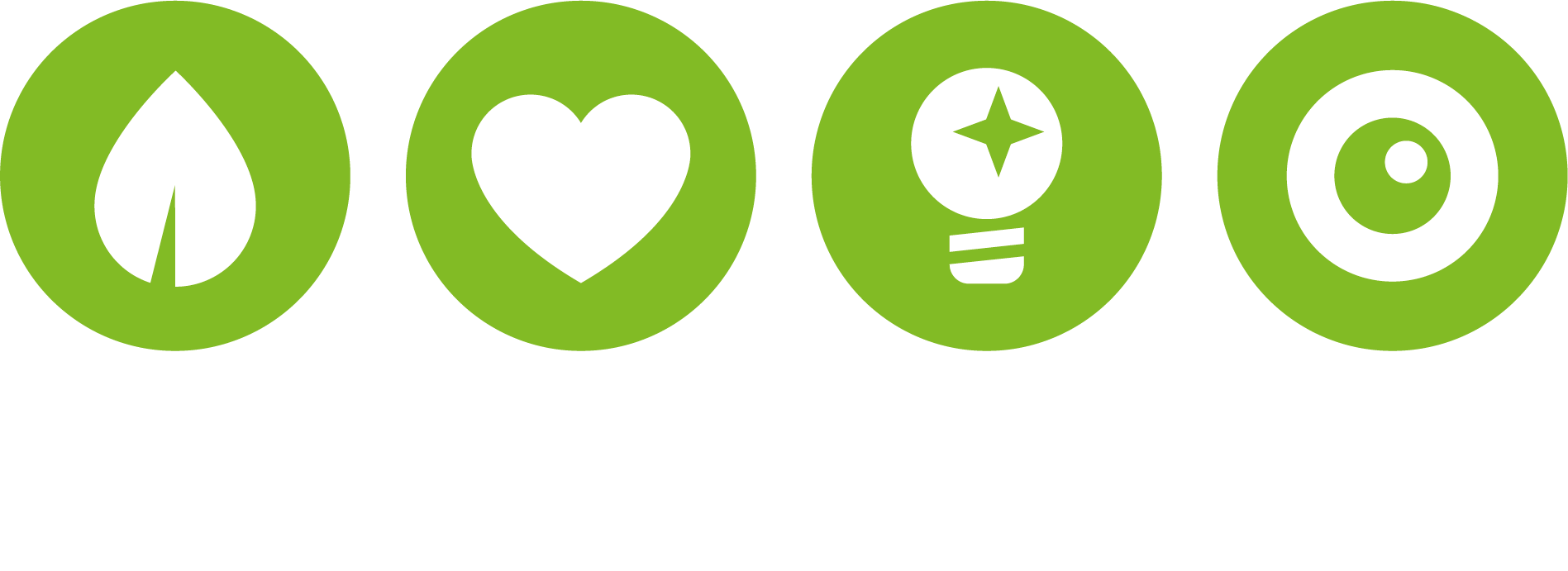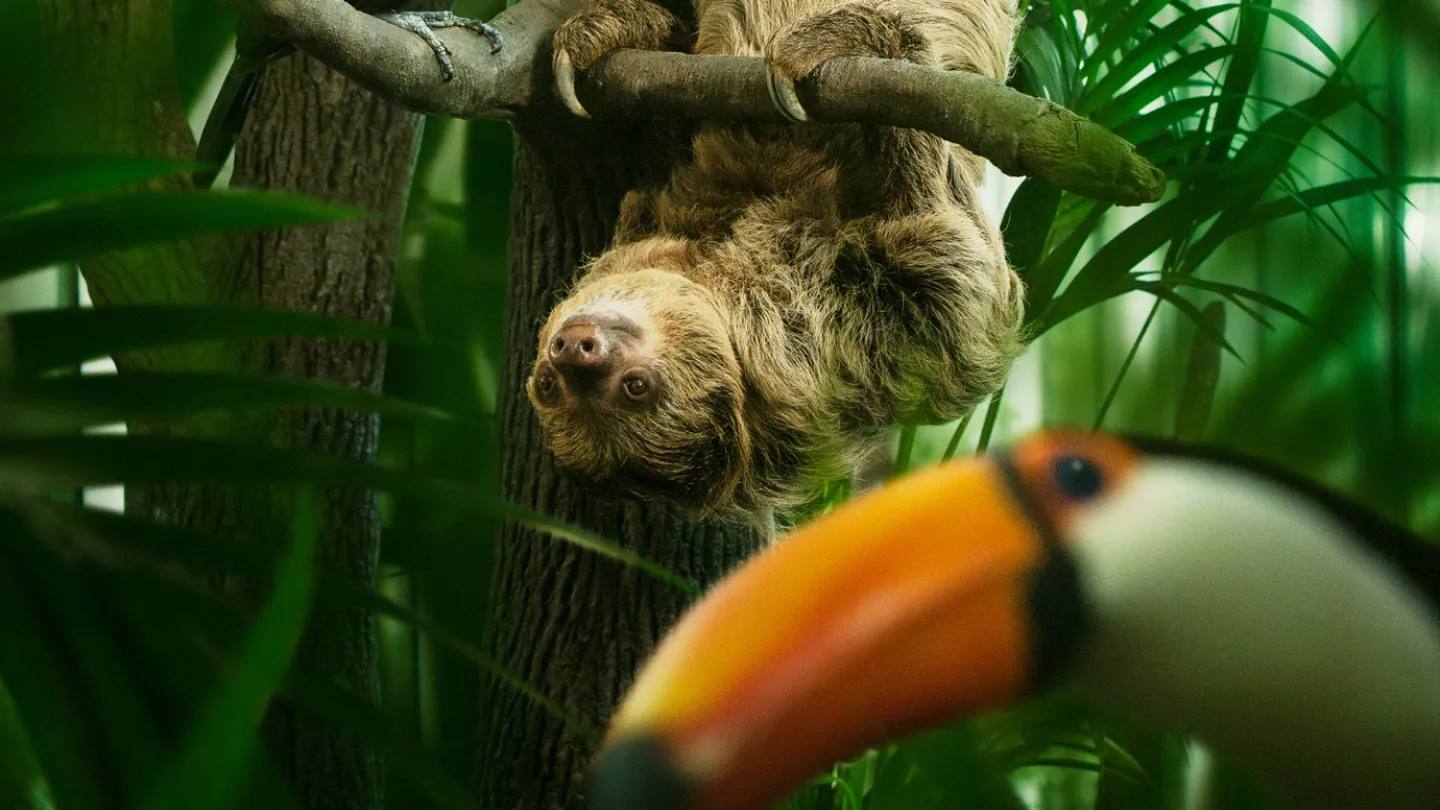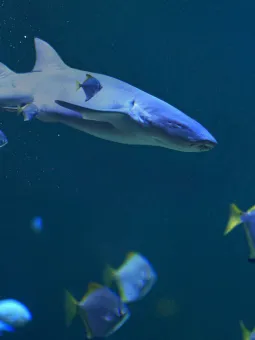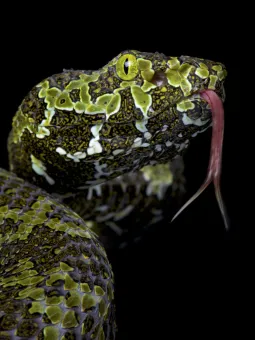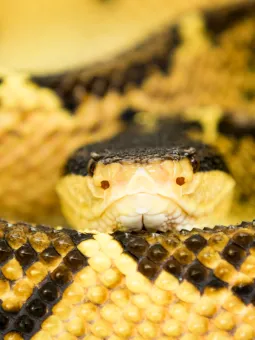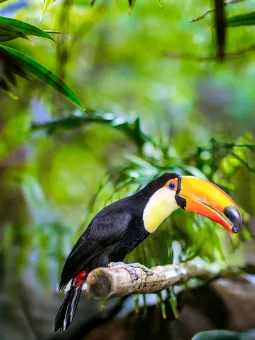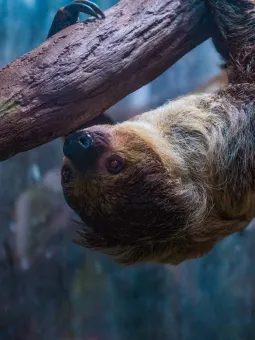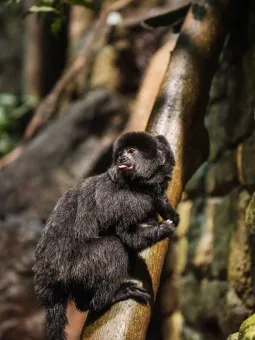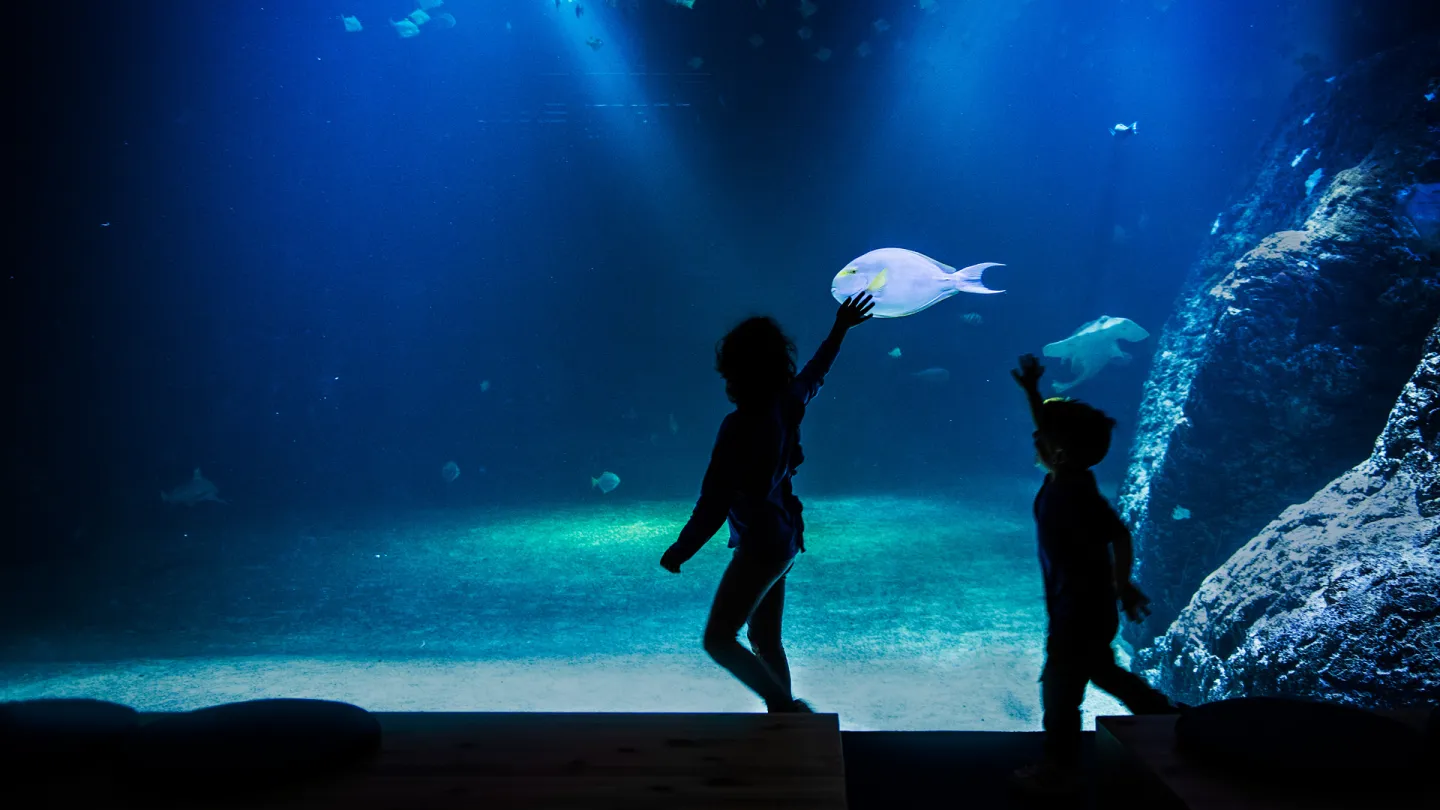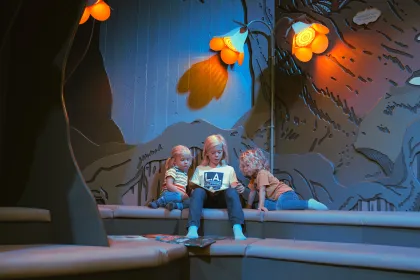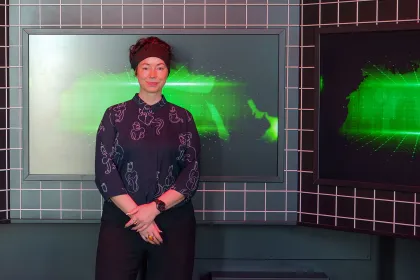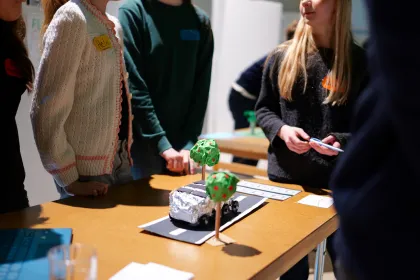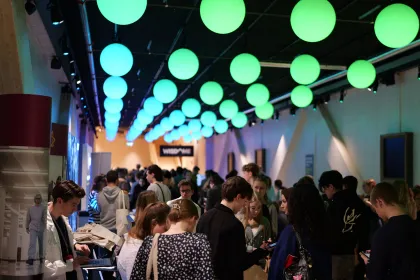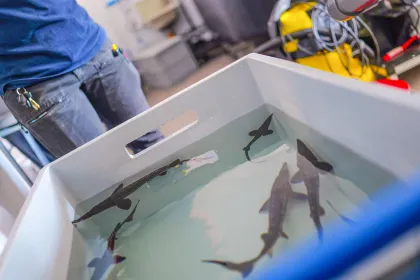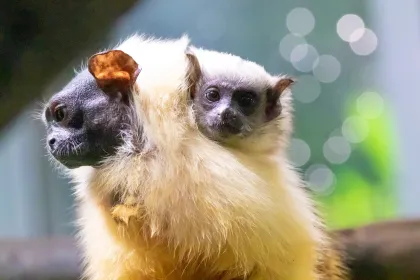Opening hours: 10 am to 6 pm
Conservation Work.
At the UN COP15 meeting in Montreal in December 2022, the world's nations agreed on a global goal for nature: to halt and reverse the loss of biodiversity by 2030. Together, modern organized zoos and aquariums protect biodiversity by breeding endangered species, protecting vulnerable habitats, and increasing people's knowledge about biodiversity. Universeum is part of this collaborative effort.
Breeding Programs to Protect Endangered Species.
The purpose of keeping endangered animals is to increase the number of individuals through planned breeding. Zoos and aquariums maintain what's called a backup population of the endangered species, which could save the species if it completely disappeared in the wild or if the wild population needed to be supplemented to avoid total extinction.
Universeum keeps several species of mammals, birds, reptiles, and fish that are part of conservation programs, either within the European zoo organization or the American zoo association. Here are some of them:
Field Projects to Protect Endangered Habitats.
More and more habitats are facing various threats. When conditions change, it can in the worst case lead to the disappearance of habitats and subsequently the species. Zoos and aquariums contribute to field projects run by other conservation actors in several ways. Partly through collecting substantial funds through entrance fees and donations. They can also provide expert knowledge, and sometimes even on-site workforce.
Universeum contributes financial resources and/or expertise to several field projects:
- Black-headed Bushmaster (Lachesis melanocephala)
-
Inventory of individual numbers (currently unknown how many black-headed bushmasters exist) and research. Run by IUCN Viper Specialist Group.
- Pied Tamarin (Saguinus bicolor)
-
Run by EAZA in collaboration with IUCN.
- Atlantic Sturgeon (Acipenser oxyrhinchus)
-
Universeum contributes to the Sturgeon Return project, which released 95 Atlantic sturgeons into the Göta River in summer 2024.
- Small-spotted Catshark (Scyliorhinus canicula)
-
Universeum's marine biologists participate with expertise in the release of small-spotted catsharks. The project is run by WWF and Havets hus.
Knowledge to Protect Biodiversity.
If we humans are to stop destroying and overexploiting Earth's resources, we need knowledge. Knowledge about what we're doing wrong and knowledge about what we can do instead. Zoos and aquariums, like Universeum, are among the few places where we humans can experience animals and plants – including species not found wild in Sweden – and learn to be careful with the planet we live on.
Such knowledge is integrated into our learning environments, programs, activities, and Wisdome shows.
Latest News from the National Science Center of Sweden.
